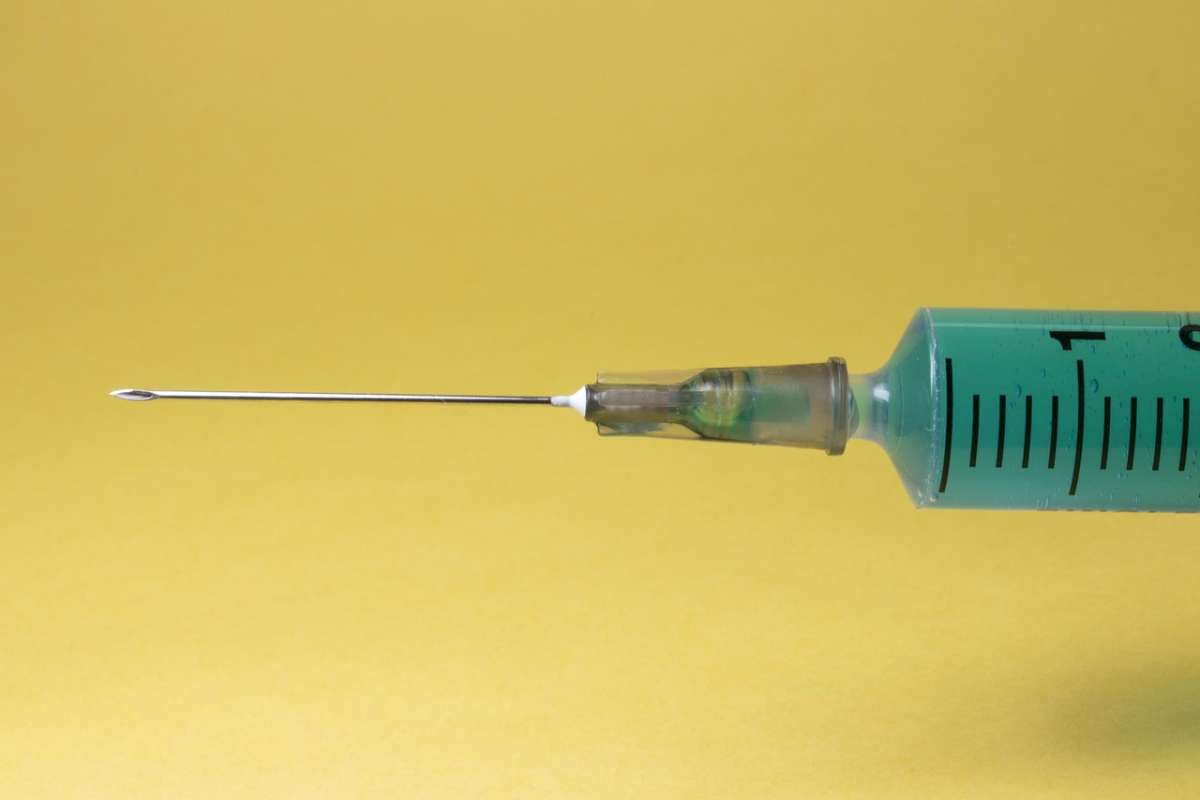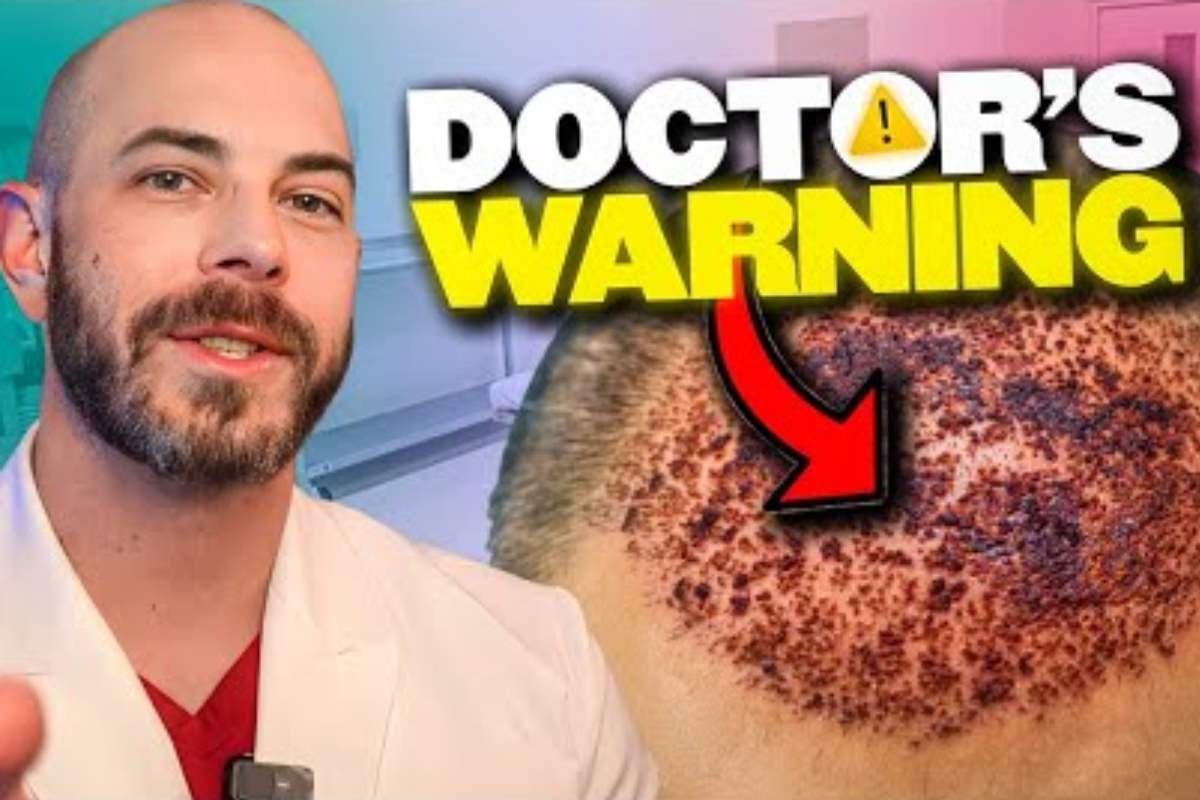It’s easy to see how a great hair transplant can boost self-confidence and style by reinvigorating bald heads worldwide. However, did you know that studies have shown FUE hair transplants may also relieve, and perhaps even cure those dreaded migraines?
Migraines are notorious for striking down sufferers with debilitating head pain. Though treatments, like medications, diet, exercise, etc. can alleviate some symptoms, migraines are currently not considered curable.
That doesn’t mean all hope is lost. Nearly 13% of all adults in the U.S. are migraine sufferers, making for millions of frustrated people looking for nontraditional ways to ease, or even eliminate, the pain.
A recent study, published in the medical journal Plastic and Reconstructive Surgery–Global Open, followed six migraine-suffering patients who also chose to undergo hair transplants. All six reported no migraines post-procedure.
Is it possible that hair transplants are the golden ticket?
What Is a Migraine?
According to Migraine.com, over 37 million Americans suffer from migraines, with 2-3 million of those considered chronic sufferers. More than 11 million people say migraines cause moderate to severe disability, which leads to lost days at work and a lower quality of life.
So what exactly is a migraine? A migraine is a neurological disease. Symptoms can vastly differ, but typically include throbbing pain in the head, neck and face, sensitivity to light and sound, nausea, and blurred vision. Attacks may last hours or even days, leading sufferers to retreat to dark, quiet rooms and pop expensive medication, praying for any relief. Though exact causes of migraines are unknown, they are often genetic and may be linked to hyperactivity in the brain.
Despite medical treatments, avoidance of triggers and therapies, many still report significant, debilitating attacks and symptoms. Some researchers and long-time sufferers have started looking into how cosmetic procedures may be the key to easing migraine pain.
How Hair Transplants Work
Before jumping into the study itself, it’s helpful to understand the basics of how hair transplants work. No matter if you choose to get a hair transplant solely for a more luscious head of hair, or to help minimize migraine symptoms, the process will be the same.
First, schedule a consultation with a reputable, proven hair transplant surgeon. Together, you will decide exactly how to tackle hair regrowth for your thinning scalp. There are two methods: follicular unit transplantation (FUT), or follicular unit excision (FUE).
The process usually takes place at the doctor’s office. Your surgeon will thoroughly clean the scalp and inject a numbing solution to the area where the transplant will take place. Then depending on which method was chosen, the procedure itself will begin.
With the FUT procedure, the surgeon takes a single strip of skin from the back of the head, sutures the scalp back together, and then divides the skin strip into up to 2,000 minuscule hair follicle grafts.
The FUE procedure removes each follicle individually from the scalp, basically punching hair sized holes in the scalp to retrieve each unit. In both instances, remaining hair will cover any scarring.
From there, both procedures involve the grafting of hair from its original location into a tiny hole or slit on your formally balding scalp. The entire process takes anywhere from 6-8 hours.
With an expert surgical team, results are outstanding and recovery time minimal. After 3-5 days of tenderness, patients should feel back to normal and pain-free.
How Do Hair Transplants Ease Migraine Pain?
The study connecting migraine relief and hair transplantation was conducted between January 2011 and December 2016 by Dr. Safver Ors, MD after a patient incidentally reported relief from his migraines at the 6-month post-operative visit. 811 hair transplants were performed in their office during that time period, 740 of which were available for questioning regarding pre- and post- operative migraine pain.
From this sample, a total of 6 patients reported suffering from migraines, 6 men and 1 woman. They experienced an average of 4-8 attacks per month with moderate to high pain scores. All were treated medically using various treatments.
All patients underwent FUE hair transplants (which were conducted with the primary intention of treating hair loss) and migraine headaches completely ceased in all patients. Researchers followed up with all patients for 1- 5 years. Improvement was significant with migraine intensity, frequency and overall pain index falling to zero.
So how does it work? Though medical experts don’t know for sure, it’s likely linked to the hair transplant procedure damaging nerve endings. As the surgeon cuts into the scalp, nerves and sensory tissues are severed, minimizing signals that trigger migraine pain.
As damaged nerves and tissues heal, nerve signals may be impeded. These new neural pathways may provide altered blood flow and improved neurotransmitters to the brain. Basically, regenerated nerves are less likely to be faulty, sending fewer unnecessary pain triggers.
Though studies connecting hair transplants and migraine pain reduction are new and minimal, it’s a promising and fascinating step for a debilitating disease. For lifelong sufferers, it may be a worth a serious, deeper look.
Curious if a hair transplant could be the right choice for you, both aesthetically, and for possible migraine treatment? Call Limmer Hair Transplant (210) 496-9992 for additional information, or request an online appointment today. Trust our expert staff to boost your confidence and support your happy, healthy life for years to come.







